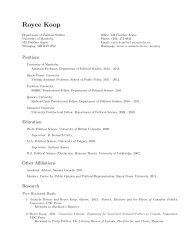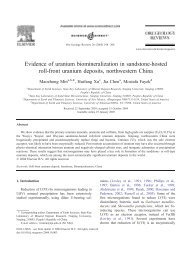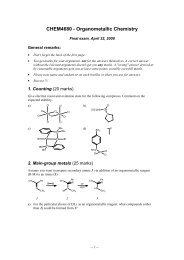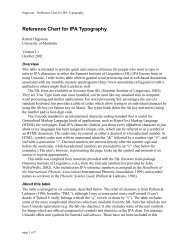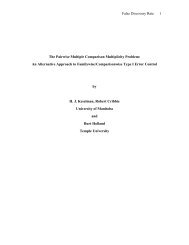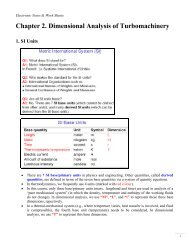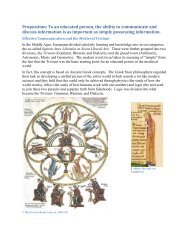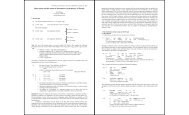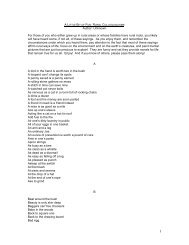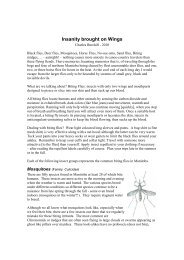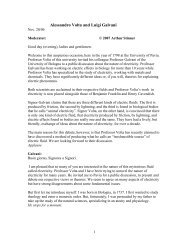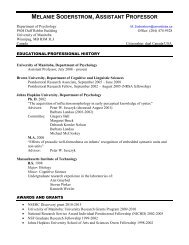Extremal problems for affine cubes of integers - University of Manitoba
Extremal problems for affine cubes of integers - University of Manitoba
Extremal problems for affine cubes of integers - University of Manitoba
Create successful ePaper yourself
Turn your PDF publications into a flip-book with our unique Google optimized e-Paper software.
Let Y be a random subset <strong>of</strong> X whose elements are chosen independently<br />
with probability p.<br />
Since any <strong>affine</strong> d-cube is determined uniquely by d + 1 distinct <strong>integers</strong><br />
in X (the smallest <strong>of</strong> which plays the role <strong>of</strong> x0, the rest the roles <strong>of</strong> x0 +<br />
x1, . . . , x0 + xd in the definition <strong>of</strong> <strong>affine</strong> d-cube), the expected number <strong>of</strong><br />
replete <strong>affine</strong> d-cube’s in Y is easily bounded above by<br />
<br />
|X|<br />
p<br />
d + 1<br />
2d<br />
.<br />
There<strong>for</strong>e (by Markov’s inequality), with probability at least 1/2, the number<br />
<strong>of</strong> replete <strong>affine</strong> d-<strong>cubes</strong> in Y does not exceed<br />
<br />
|X|<br />
2<br />
d + 1<br />
p 2d<br />
< 1<br />
|X|p. (7)<br />
3<br />
On the other hand, the number <strong>of</strong> elements in any random subset Y<br />
is a binomially distributed random variable with expectation |X|p. Given<br />
the size <strong>of</strong> |X|p, we have 1<br />
2 |X|p < |X|p, and a simple argument (see [7]<br />
p. 151, <strong>for</strong> example) using the fact that the sequence { <br />
|X|<br />
p j<br />
j (1 − p) |X|−j } |X|<br />
j=0<br />
is increasing from j = 0 to (|X|+1)p and decreasing afterwards, we conclude<br />
that<br />
<br />
1<br />
Prob(|Y | ≥<br />
2 |X|p<br />
<br />
) > 1<br />
. (8)<br />
2<br />
Hence there exists an instance <strong>of</strong> A∗ ⊂ X satisfying both <strong>of</strong> the above events;<br />
fix such an A∗ . Due to equations (7) and (8), deleting an element from each<br />
replete <strong>affine</strong> d-cube in A∗ , we get a set A with no replete <strong>affine</strong> d-cube such<br />
that<br />
|A| ≥ |A ∗ <br />
|X| 1<br />
| − 2 ><br />
d + 1 2 |X|p<br />
<br />
− 1 1<br />
|X|p ><br />
3 8 |X|p,<br />
where the last inequality follows from the restriction on |X|p. ✷<br />
6.3 Partitioning into replete-cube-free sets<br />
To prove a lower bound <strong>for</strong> h(d, r), we show a way to partition any set<br />
into subsets, each <strong>of</strong> which does not contain a replete <strong>affine</strong> d-cube; a greedy<br />
coloring algorithm is used.<br />
15



